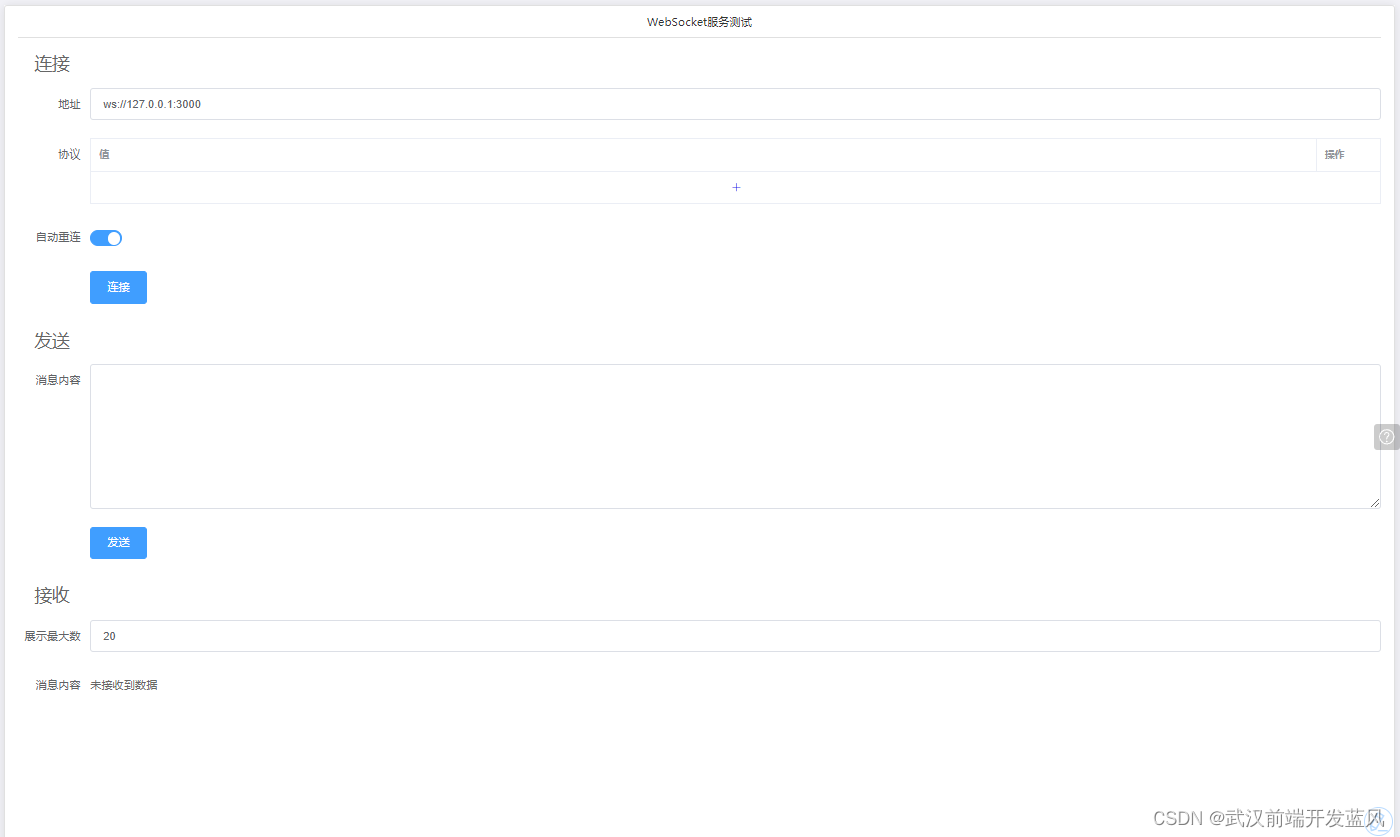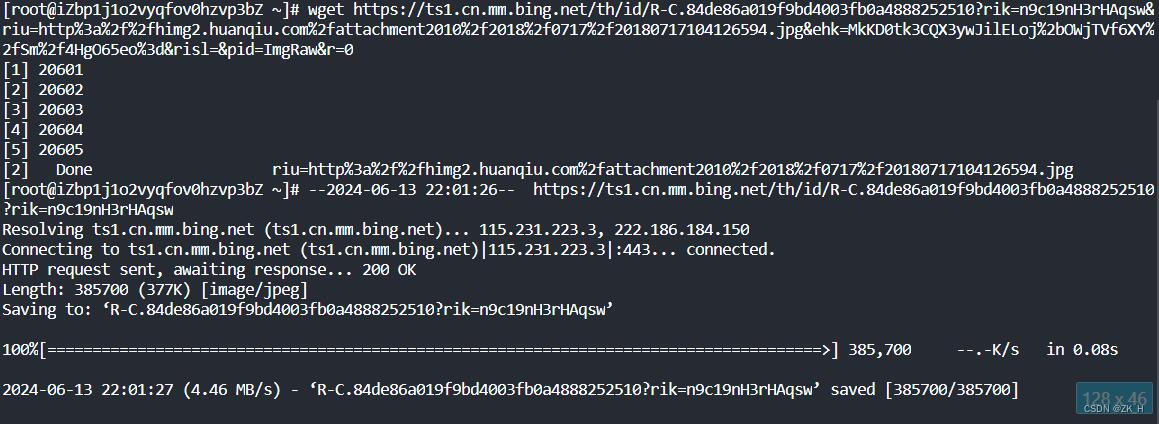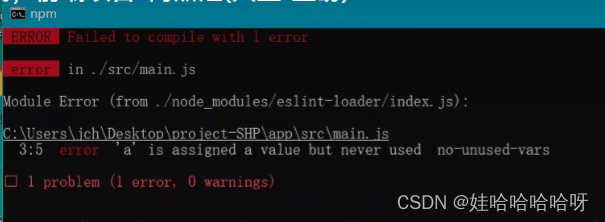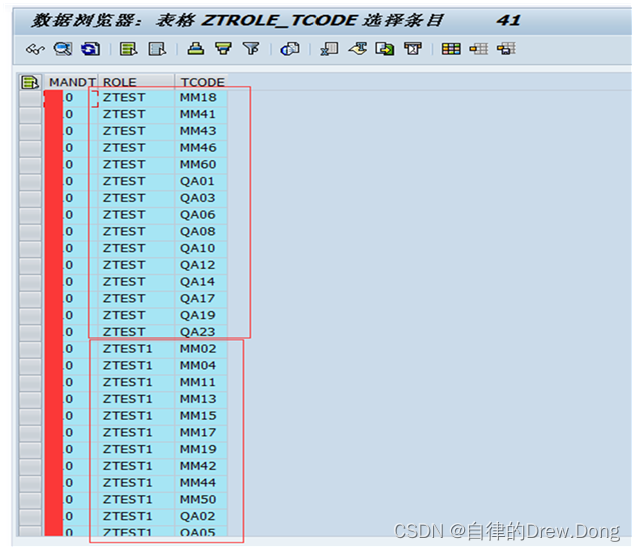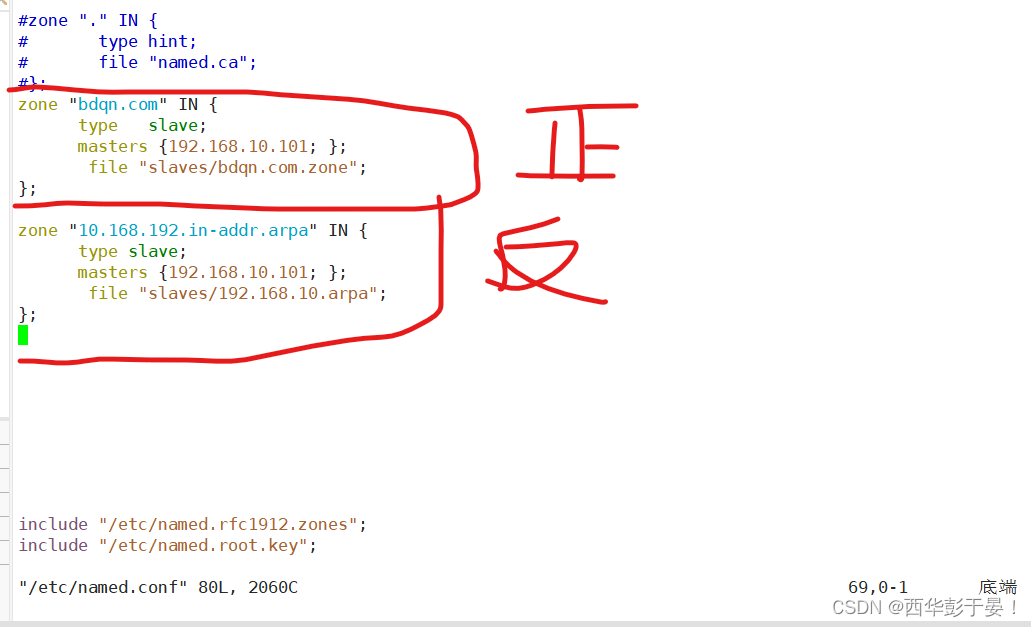bean作用域介绍
Spring框架提供了不同的作用域来管理Bean的生命周期和可见性,这对于控制不同类型的组件和处理并发请求尤其重要。
-
singleton(默认):
- 每个Spring IoC容器只有一个bean实例。
- 当容器创建bean后,它会被缓存起来,后续请求将返回同一个实例。
- 这是默认的作用域,适用于无状态的服务层bean。
-
prototype:
- 每次请求都会创建一个新的bean实例。
- 每当客户端请求该bean时,Spring容器都会创建一个新的实例。
- 这对于那些需要保持独立状态的bean特别有用,比如基于注解的控制器。
-
request:
- 每个HTTP请求都有其自己的bean实例。
- 主要用于Web应用,确保每个HTTP请求都有一个新的bean实例。
- 这对于有状态的会话bean特别有用。
-
session:
- 在同一个HTTP Session中,每个Session拥有一个bean实例。
- 这意味着在用户会话期间,bean实例是共享的。
- 对于需要在整个会话期间保存状态的bean,这是理想的选择。
-
global-session:
- 类似于session作用域,但专门用于portlet应用中的全局会话。
- 在portlet应用中,全局会话是跨所有portlet的会话范围。
-
application:
- 这个作用域在Web应用中提供一个bean实例,类似于Servlet的application作用域。
- 该bean在整个Web应用的生命周期内存在,即从应用启动到停止。
除了这些内置作用域,Spring还允许你定义自定义作用域,这通常通过实现org.springframework.beans.factory.config.Scope接口来完成。自定义作用域可以让你根据特定的应用需求来管理bean的生命周期。
常用的
| 取值 | 含义 | 创建对象的时机 |
|---|---|---|
| singleton(默认) | 在IOC容器中,这个bean的对象始终为单实例 | IOC容器初始化时 |
| prototype | 这个bean在IOC容器中有多个实例 | 获取bean时 |
案例演示
public class User {
private Integer id;
private String username;
private String password;
private Integer age;
public User() {
System.out.println("生命周期:1、创建对象");
}
public User(Integer id, String username, String password, Integer age) {
this.id = id;
this.username = username;
this.password = password;
this.age = age;
}
public Integer getId() {
return id;
}
public void setId(Integer id) {
System.out.println("生命周期:2、依赖注入");
this.id = id;
}
public String getUsername() {
return username;
}
public void setUsername(String username) {
this.username = username;
}
public String getPassword() {
return password;
}
public void setPassword(String password) {
this.password = password;
}
public Integer getAge() {
return age;
}
public void setAge(Integer age) {
this.age = age;
}
public void initMethod(){
System.out.println("生命周期:3、初始化");
}
public void destroyMethod(){
System.out.println("生命周期:5、销毁");
}
@Override
public String toString() {
return "User{" +
"id=" + id +
", username='" + username + '\'' +
", password='" + password + '\'' +
", age=" + age +
'}';
}
}
我们创建一个spring-scope.xml演示作用域
<?xml version="1.0" encoding="UTF-8"?>
<beans xmlns="http://www.springframework.org/schema/beans"
xmlns:xsi="http://www.w3.org/2001/XMLSchema-instance"
xsi:schemaLocation="http://www.springframework.org/schema/beans http://www.springframework.org/schema/beans/spring-beans.xsd">
<!-- scope属性:取值singleton(默认值),bean在IOC容器中只有一个实例,IOC容器初始化时创建
对象 -->
<!-- scope属性:取值prototype,bean在IOC容器中可以有多个实例,getBean()时创建对象 -->
<bean id="studentOne" class="com.miaow.spring.bean.Student" scope="prototype">
<property name="id" value="1"></property>
<property name="name" value="miaow"></property>
<property name="address" value="湖南娄底"></property>
<property name="birthday" value="1999"></property>
<property name="email" value="2958467385@qq.com"></property>
<property name="phone" value="15975145237"></property>
<property name="school" value="知行合一"></property>
<property name="sex">
<value>男</value>
</property>
</bean>
</beans>
Java测试代码
@Test
public void ScopeTest(){
ApplicationContext context = new ClassPathXmlApplicationContext("spring-scope.xml");
Student student = (Student) context.getBean("studentOne");
Student student1 = (Student) context.getBean("studentOne");
System.out.println(student == student1);
}

在上述代码中,我们需要注意的是,xml配置文件中的singleton和prototype,当我们配置singleton的时候你试一下结果如何,我给出prototype的时候的结果如下图所示:

-
注意线程安全性:如果Bean是有状态的,并且在多线程环境中使用,需要确保Bean的线程安全性。在多线程环境中,最好使用原型作用域或每次请求创建新的Bean实例。
-
注意内存消耗:使用原型作用域时,需要注意内存消耗。如果原型Bean被频繁创建,可能会导致内存占用过高。在这种情况下,可以考虑使用对象池或其他缓存机制来管理Bean的创建和销毁。
-
注意作用域的选择:根据应用程序的需求,选择适当的作用域。如果Bean的状态不会改变,并且需要在整个应用程序中共享,可以使用单例作用域。如果需要每次请求或会话创建新的实例,可以使用请求或会话作用域


